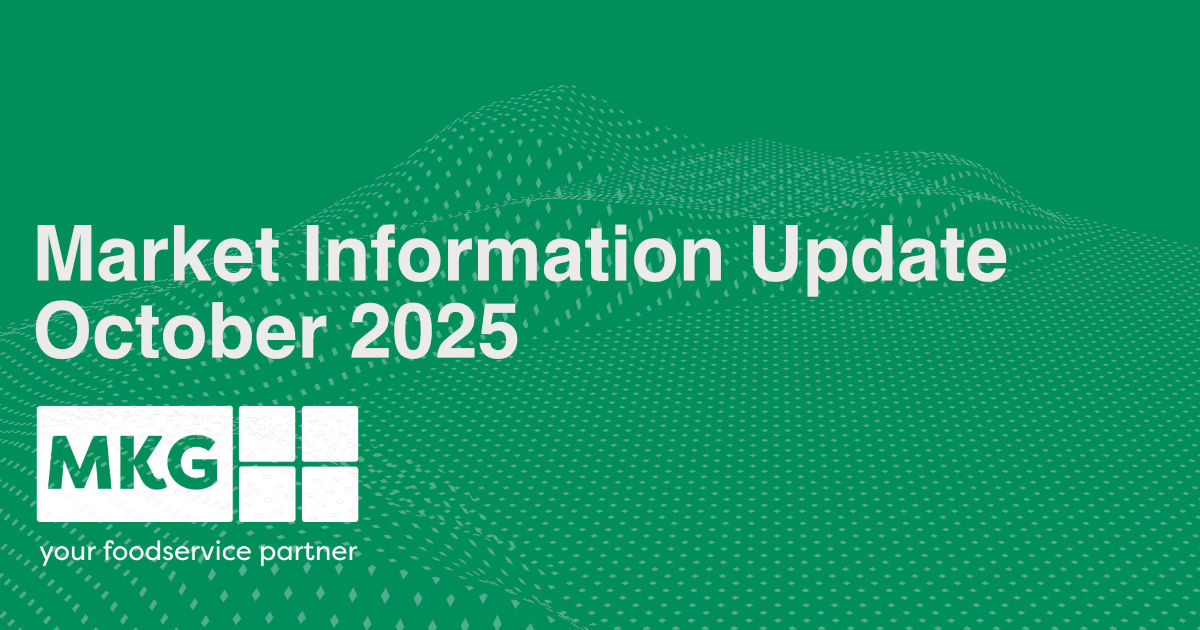Wheat
The 2025 harvest concluded earlier than any season since 2005. Overall wheat quality is reported as good, with bread-making varieties showing protein levels at the higher end of the spectrum. However, yields are down approximately 20–25% compared to previous years, largely due to reduced rainfall during key stages of the growing cycle.
This year’s improved quality has also led to a reduced UK reliance on imported bread-making wheat. Grain prices for bread-making flour reflect the combination of higher protein content and decreased dependence on imports, leading to downward price pressure across the market. While culinary flour is naturally lower in protein and similarly less reliant on imported grain, pricing here is more directly influenced by yield. As a result, price reductions for culinary flour are more modest than those seen in the bread-making category. Speciality and organic flours remain stable in price, with no reductions anticipated. This is due to tighter availability stemming from lower yields, alongside ongoing infl ationary pressures impacting production and supply.
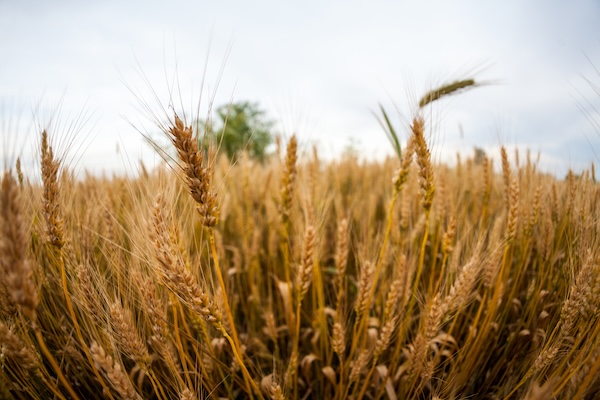
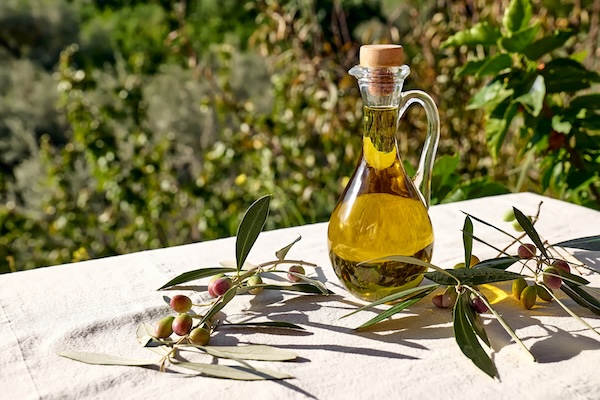
Olive Oil
Spanish bulk olive oil production has reached record levels, with elevated summer pricing driven by prolonged dry weather and robust export demand— particularly from Italy. Despite strong output, tight stockholding, limited forward contracting, and sustained premiums for extra virgin olive oil (EVOO) continue to exert upward pressure on the market. As the current campaign concludes on a strong note, persistent drought and critically low reservoir levels cast uncertainty over the 2025/26 harvest outlook.
In the absence of substantial rainfall or a sizeable new crop, market conditions in September are expected to remain tense, with elevated pricing and heightened demand for top-tier oils. In this climate, quality diff erentiation and strategic purchasing will be key drivers of market behaviour as attention shifts toward the new season.
Beans
Initial optimism around the bean crop has shifted to concern following drought conditions that sharply reduced yields per hectare. Elevated temperatures led to unharvested acreage as factories struggled to process in time, while wind damage further compromised quality. What was once expected to be an oversupply now risks becoming an unforeseen shortage.
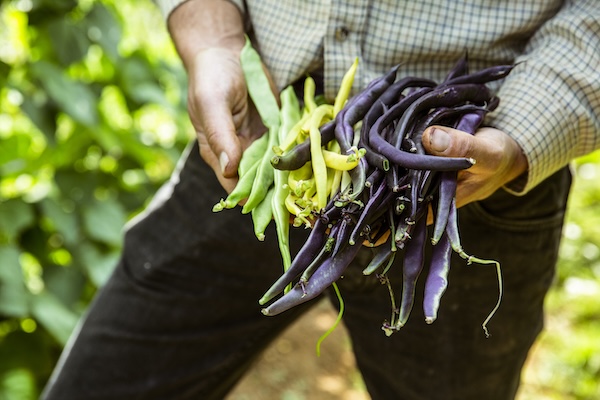
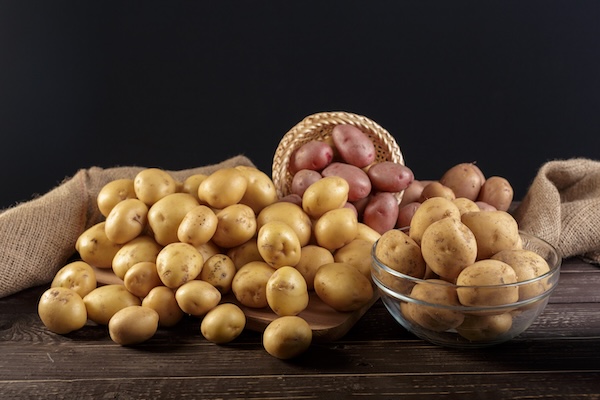
Potatoes
The 2025 potato crop began with early planting into favourable soil conditions; however, the UK’s driest summer on record has presented challenges in some regions. Unirrigated fields have seen reduced yields due to drought stress and limited nutrient uptake. In contrast, crops grown in irrigated areas or regions with better rainfall have developed well, achieving optimal size and quality for processing.
Peas
The UK, traditionally a leading producer of high-quality peas, experienced a historic drought that resulted in a complete crop failure and a supply shortage exceeding 40%. Italy’s Abruzzo region reported a 20% deficit, surpassing earlier forecasts, while Belgium and Portugal faced shortages of 5% and 45%, respectively. A shortened growing season accelerated ripening, which led to significant quality issues. Factories struggled to process the crop efficiently, resulting in an excess of hard, low-grade peas. To help bridge the supply gap, the acquisition of a processing plant in Spain provided some relief, though overall availability remains tight.
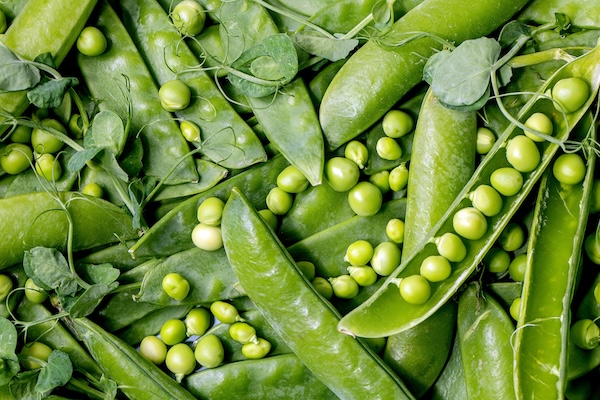
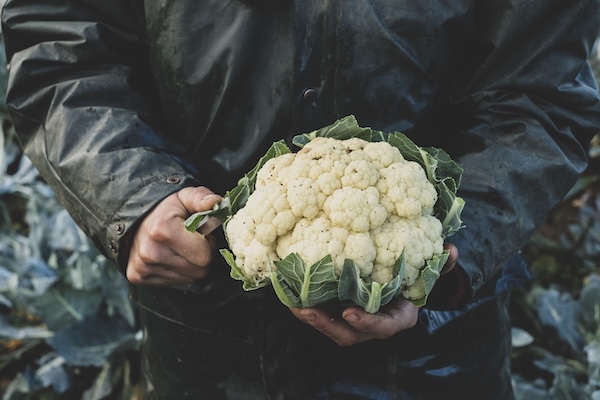
Cauliflower
Cauliflower crops have been severely impacted by drought, stalling development and prompting excessive leaf growth at the expense of flower formation. As a result, harvest timelines are expected to slip, heightening the risk of frost damage later in the season—a concern that remains widely underestimated. To mitigate supply issues, additional winter crop capacity is being brought online, though this will lead to a notable increase in production costs.
Red Fruits
Extreme heat has severely impacted the availability of sour cherries and raspberries, leading to significant supply constraints. As a result, raw material prices are rising sharply, driven by limited volumes and heightened demand. In response, sourcing partnerships are being expanded, and supply chains are diversifying to safeguard continuity and mitigate future risk.
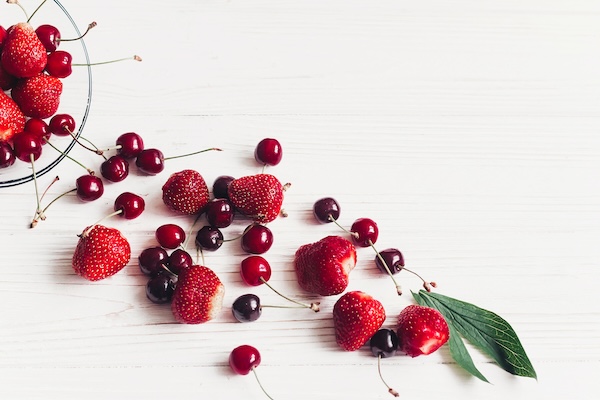
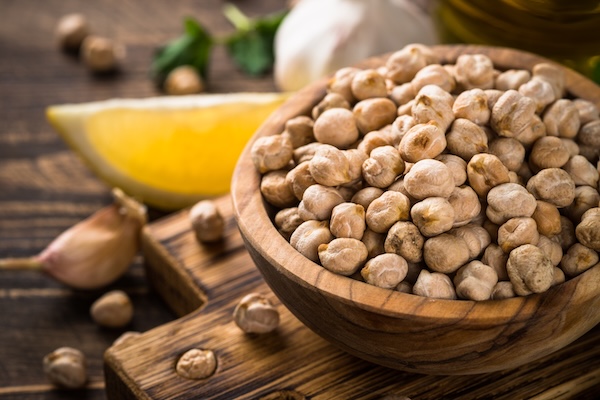
Chickpeas
France’s chickpea harvest shows improved quality but smaller grain size due to heat stress. Canada and the USA expect solid output, while Mexico’s poor harvest is keeping prices high for large calibres. Russia’s production is down but remains a key supplier thanks to carryover stock. Argentina is gaining traction in Europe with competitive pricing, though regulatory compliance is a concern. Europe faces no immediate shortage, but India’s harvest remains a key factor for future price volatility.
